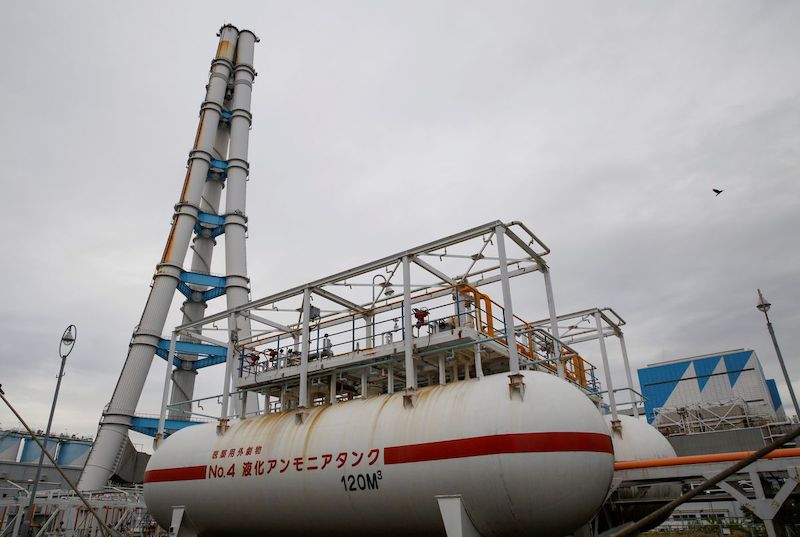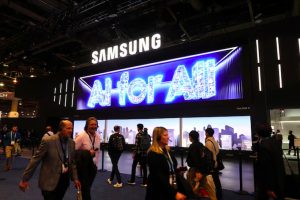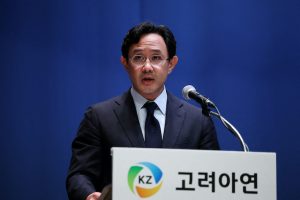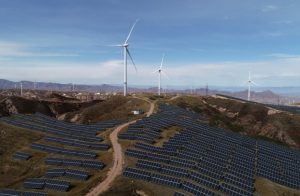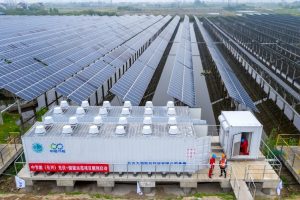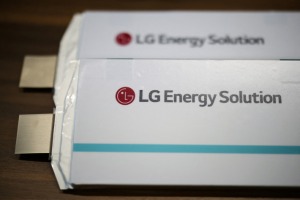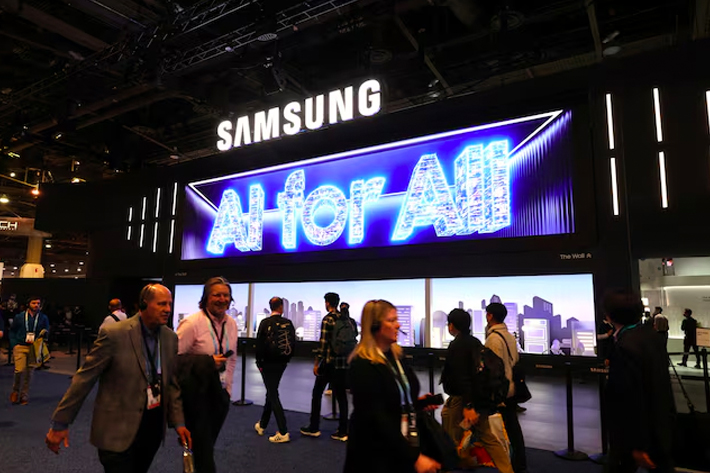Japan’s Mitsui & Co and US-based fertiliser company CF Industries have announced plans to invest some $2 billion to build a plant on the US Gulf Coast to make ammonia that can be burned as fuel.
The companies said most of the output will be shipped to Asia.
The plant will produce between 800,000 and 1 million tons when it comes online in 2027 – making it one of the world’s largest ammonia plants.
CF Industries will own 52% of the company with Mitsui holding the rest.
ALSO SEE: India Eyes Incentives to Boost Green Hydrogen, Ammonia
‘Blue Ammonia’
The plant will make “blue ammonia,” making it one of the few such plants currently in the works anywhere in the world, with others under construction by Shell and Abu Dhabi National Oil.
CF Industries has cash on hand thanks to booming prices for fertiliser as sanctions against exporters Russia and Belarus have tightened global fertiliser supplies and boosted prices.
“Given the fact that we generated $2.8 billion of free cash flow in the last 12 months, it’s imminently affordable and not a crazy amount,” CF Industries chief executive Tony Will said.
CF Industries plans to oversee plant operations, while Mitsui will handle marketing and distribution into Asia. Asian countries import about 3 million tons of ammonia each year.
Marine Fuel
The output will be sold as marine fuel and to mix with coal in countries such as Japan and Korea, Will said. Will estimated global use of blue ammonia as marine fuel could double because it has “zero carbon emissions.”
Mixing ammonia with coal reduces emissions because it increases the amount of energy produced with little to no additional emissions.
In October 2021, Japan’s biggest power generator, JERA, began using ammonia to test the concept at its 4.1 gigawatt Hekinan power station – the country’s biggest coal-fired power plant.
The project at Hekinan uses 20% ammonia at a 1 GW unit for about two months, consuming some 30,000-40,000 tonnes of ammonia.
Bid to ‘Replace Coal’
After this first trial, Japan hopes to use ammonia to gradually replace coal and develop a fully ammonia-fired power plant by 2050.
“For Japan, fuel ammonia is a way of fully utilising coal power plants by turning them zero-emission power by 2050,” said Takeo Kikkawa, vice president of International University of Japan, speaking in late 2021.
The advantage of ammonia is that power companies can use existing plants without major modifications and technology for production, transport and storage are already established.
At the Hekinan demonstration, except for replacing 48 burners and installing a tank and pipelines, equipment was unchanged.
Japan is targeting growing its fuel ammonia demand to 3 million tonnes a year by 2030 from zero now.
JERA’s goals are lofty: it aims to use a 20% ammonia fuel mix at all its coal-fired power plants by 2035, and to develop technology to use 100% ammonia in the 2040s.
- Reuters, with editing by Neal McGrath




